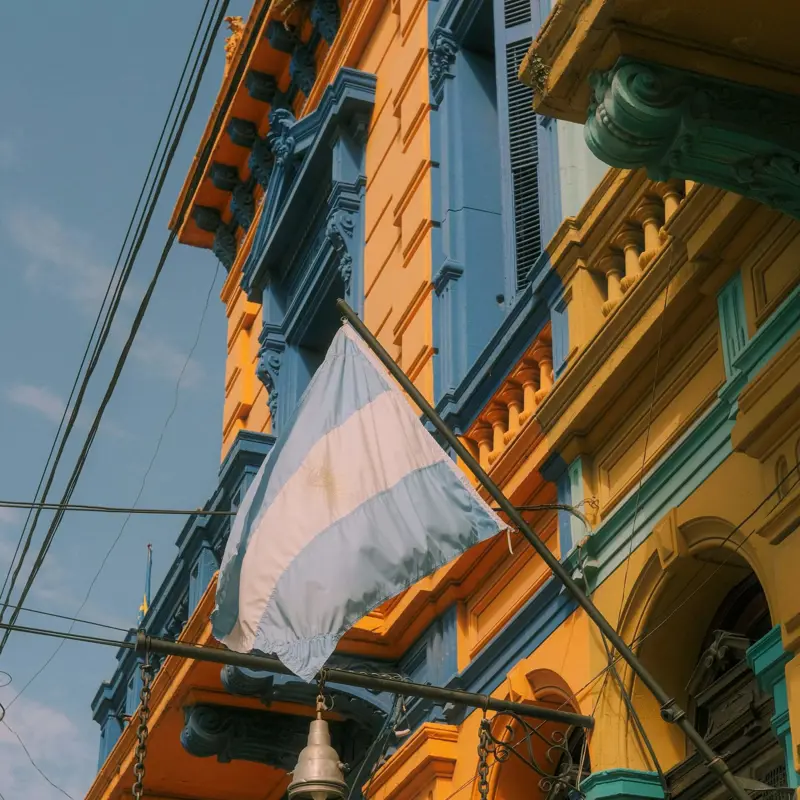A Sweet Legacy!
Discover the Magic of Junagadh’s Famous Thabdi Peda
Step into the world of traditional Gujarati sweets with the iconic Thabdi Peda of Junagadh. Known for its rich, creamy texture and melt-in-your-mouth goodness, this delicacy has been a beloved treat for generations. Whether you're a sweet enthusiast or a curious foodie, this recipe will guide you through creating this legendary dessert in your own kitchen.
7 min read

Integer volutpat convallis bibendum.
Why Thabdi Peda is Special:
-
Rich Heritage: A timeless recipe from the heart of Junagadh, Gujarat.
-
Unique Texture: Creamy, fudge-like consistency with a hint of caramelized flavor.
-
Flavorful Delight: Infused with cardamom, saffron, and the richness of khoya (mawa).
What You’ll Learn:
-
Step-by-step instructions to make authentic Thabdi Peda at home.
-
Tips to achieve the perfect texture and flavor.
-
The secret behind its signature taste and creamy richness.
Perfect For:
-
Festive celebrations like Diwali, Navratri, or weddings.
-
Gifting your loved ones a piece of Junagadh’s culinary legacy.
-
Satisfying your sweet cravings with a homemade treat.
Why Try This Recipe?
-
Simple Ingredients: Made with everyday pantry staples like milk, sugar, and khoya.
-
Authentic Taste: Recreate the magic of Junagadh’s famous sweet shop in your kitchen.
-
Impress Your Guests: A dessert that’s sure to leave everyone asking for more.
Ready to embark on a sweet journey? Dive into the recipe and bring home the taste of Junagadh’s Thabdi Peda. Don’t forget to share your creations with us in the comments below!
Ingredients:
-
1 liter full-fat milk
-
1 cup sugar (adjust to taste)
-
1/4 cup khoya (mawa)
-
1/4 tsp cardamom powder
-
1 tbsp ghee (clarified butter)
-
A few strands of saffron (optional)
-
1 tbsp chopped nuts (pistachios, almonds) for garnish
Instructions:
-
Reduce the Milk:
-
Pour the milk into a heavy-bottomed pan and bring it to a boil.
-
Reduce the heat to medium and let the milk simmer, stirring occasionally to prevent it from sticking to the bottom.
-
Continue to cook until the milk reduces to about one-third of its original volume. This process can take around 30-40 minutes.
-
-
Add Khoya:
-
Once the milk has reduced, add the khoya (mawa) to the pan.
-
Mix well until the khoya is completely dissolved into the milk.
-
-
Add Sugar:
-
Add the sugar to the mixture and stir continuously.
-
Cook until the sugar dissolves and the mixture thickens further. This should take about 10-15 minutes.
-
-
Add Flavorings:
-
Add the cardamom powder and saffron strands (if using) to the mixture.
-
Stir well to combine.
-
-
Cook Until Thick:
-
Continue to cook the mixture until it thickens and starts to leave the sides of the pan. The mixture should have a fudge-like consistency.
-
-
Add Ghee:
-
Add the ghee to the mixture and stir well. This will give the peda a rich flavor and a smooth texture.
-
-
Shape the Pedas:
-
Once the mixture has thickened enough, remove it from the heat and let it cool slightly.
-
Grease your hands with a little ghee and shape the mixture into small, round pedas.
-
-
Garnish:
-
Press a few chopped nuts onto the top of each peda for garnish.
-
-
Serve:
-
Allow the pedas to cool completely before serving. They can be stored in an airtight container for up to a week.
-
Tips:
-
Khoya Quality: The quality of khoya (mawa) is crucial for the texture and taste of the pedas. Use fresh, high-quality khoya for the best results.
-
Consistency: The key to perfect pedas is achieving the right consistency. The mixture should be thick enough to hold its shape but not too dry.
-
Flavorings: You can adjust the amount of cardamom and saffron according to your taste preferences.
Advertisement

More travel stories
Browse
Guides
Stories






